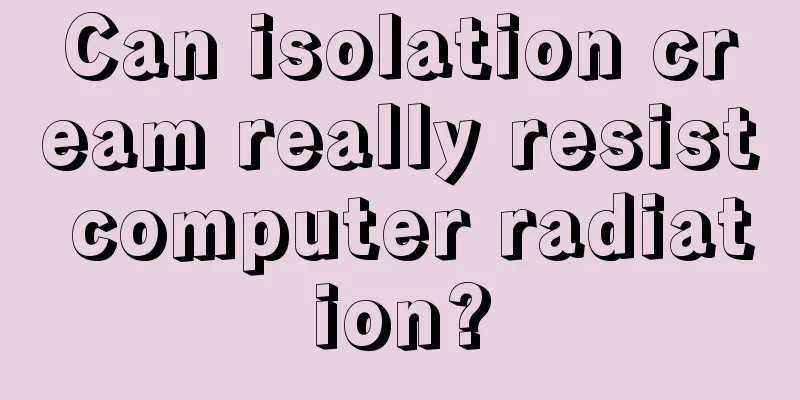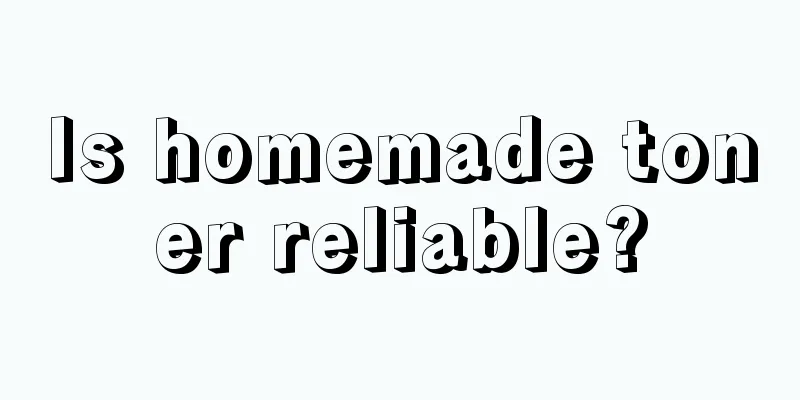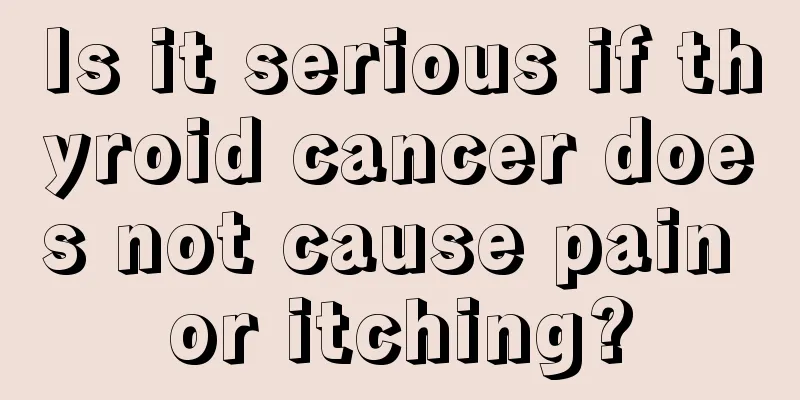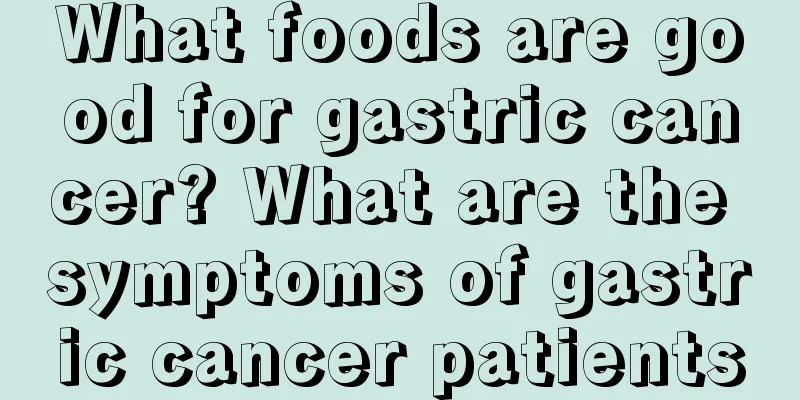What are the symptoms of upper body heat and lower body cold
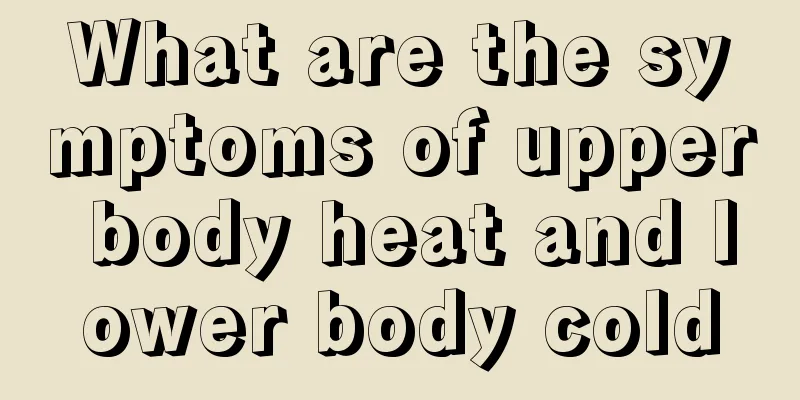
|
Upper body heat and lower body cold is a physical condition in which the upper body has excessive internal fire. People with this physical condition usually have cold hands and feet. Many people don’t know what the symptoms of upper body heat and lower body cold are. The types of upper heat and lower cold are different, and their symptoms are also different. Some patients may have difficulty falling asleep. 1. Dampness and heat in the upper part of the body The upper burner mainly refers to the heart, lungs and head of the human body, and damp heat mainly refers to phlegm-dampness and lung heat, which cause dryness and heat in the upper body and imbalance of yin and yang. Main symptoms: fever in the head, cough, wheezing, excessive sputum, greasy white tongue coating, difficulty falling asleep, fever, night sweats, short and dark urine, dry and bitter mouth, etc. 2. Dampness and heat in the middle jiao In traditional Chinese medicine, the middle burner refers to the spleen and stomach. Damp-heat in the middle burner refers to the poor transportation and transformation function of the spleen and stomach, which results in the obstruction of the transportation of heat and dampness, leading to the accumulation of damp-heat in the spleen and stomach, which can cause systemic pathological changes. Main symptoms: burning pain in the abdomen, noisy feeling and heartburn. Dry and bitter mouth, thirst without desire to drink, or sweet and sticky taste in the mouth, sour taste when eating sweets, poor appetite and nausea, heaviness and fatigue in the limbs. .Yellow urine, constipation, red tongue, yellow and greasy tongue coating, slippery and rapid pulse, etc. 3. Coldness in the lower part of the body The lower Jiao refers to the entire lower part of the human body from the navel to the feet. The functional areas of the lower abdomen are mainly the small intestine, large intestine, kidneys, and bladder. Lower abdomen deficiency and coldness refers to the dysfunction of these organs, which leads to the obstruction of the discharge of deficiency and cold air and its accumulation in the lower abdomen. Main symptoms: inability to retain body fluids, constant bowel movements and urination, lower abdominal pain, and unwillingness to listen to people's words. 4. Two situations of upper heat and lower cold There are two situations of upper heat and lower cold, and the treatment methods are very different. Different methods will naturally lead to different results. Upper heat is manifested by fire in the upper part of the heart and lungs, pimples on the head and face, ulcers in the mouth and tongue, dry and itchy throat, etc. The waist and abdomen of the lower body like warmth and are afraid of cold. The symptoms of upper heat are similar, but the causes of lower cold are different. |
<<: How to care for chloasma after laser treatment
>>: Is celery an acidic or alkaline food?
Recommend
There is a small hard lump in the muscle
If we touch our neck and find a small lump, it is...
How to judge whether it is true myopia or false myopia, teach you how to distinguish
Many children's myopia is false. How to disti...
Is it good to treat lung cancer in a general hospital?
Are general hospitals good for treating lung canc...
Does early laryngeal cancer need chemotherapy after surgery?
The treatment method should be based on the scope...
If you want to stay away from brain cancer, you must always be on guard against its causes
In recent years, many people have been entangled ...
Can throat cancer be transmitted to others?
Laryngeal cancer is not contagious. Existing medi...
How can chickenpox be generally avoided and prevented
With the arrival of spring and autumn, more and m...
What are the methods to prevent mosquito bites
Summer is the season with the most mosquitoes, es...
What's wrong with shoulder pain
Shoulder pain is a common problem in life, and th...
What are the consequences of a perforated eardrum?
A perforated eardrum is caused by inflammation or...
How to prevent fibroids
How to prevent fibroids? Although many friends ar...
What organ is on the right side of the chest
The organ on the right side of the chest is the l...
What should I do if there is an abscess on my leg
Everyone may have had pustules. There are many re...
Aluminum hydroxide and hydrochloric acid
Hydrochloric acid is an aqueous solution of hydro...
How to clean stains on the surface of leather shoes
Leather shoes need to be maintained regularly, bu...


